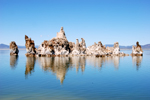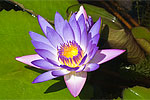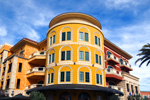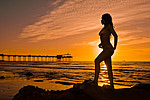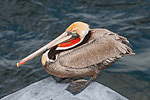Snapshot Cameras vs. Serious Cameras
There are two kinds of cameras on the market-snapshot cameras and serious cameras. And the difference between them is not megapixels or sensor size or ISO range or any other technical hooey. What distinguishes the serious camera from the snapshot camera is one thing: the presence of a viewfinder.
A viewfinder is that little aperture you peer through when you hold the camera up to your eye. It lets you see what you are about to take a picture of in an isolated black frame, so you can see exactly what will be in the picture. By holding the camera's viewfinder up to your eye, you shut off the rest of the world, and concentrate just on what the camera itself is seeing. This helps immensely when you are trying to compose a powerful photograph.
On cameras that do not have viewfinders, you must rely on the LCD screen on the back of the camera. You hold it up at arm's length, and you can see basically what the camera is looking at. But you also see the whole world around it. And it is harder to see exactly what is going on in details, and in all the corners of the image. In sunlight it is very hard to see anything other than the fact that the camera is pointed in generally the right direction.
Beyond that, holding your arms up in the air gets tiresome quickly. So you tend not to spend much time using this type of camera to make precise compositions. They are great for quick snapshots, which is what they are designed for.
Do you need a camera with a viewfinder?
What kind of photography do you want to do? Most people just want to take easy snapshots of family, kids, vacations, friends at parties, etc. These can be great pics to capture good memories. They end up being shared in emails and on Facebook. If this is the kind of photography you do, great! And if that's the case, you do not need a camera with a viewfinder.
On the other hand, you might have a more serious approach to photography. You may want to take more than just fun snapshots, and instead create beautiful photographs with an artistic dimension. You may want to put time and effort into making the strongest compositions you can make. If this is your goal, then having a camera with a viewfinder will make that goal MUCH easier to achieve.
Why is this? Because the viewfinder makes it very easy for you to use the camera as a scope, a device to find that great photograph you are looking for. The casual photographer doesn't think about using the camera in this manner. The typical approach is, "When I see something interesting to take a picture of, I will pick up my camera and take a picture of it."
Many serious photographers have a different mindset. They think, "I won't see anything to take a picture of until I pick up my camera and look for it." They hold the camera up to their eye and begin to pan around a scene, adjusting the zoom when they want, and watching as new images appear in the viewfinder. Suddenly a particularly appealing array of elements appears in the frame, and the picture is captured.
This is how I found the photograph below. Looking at the scene in front of me without my camera, I did not see the array of angles and elements that were captured in this image. Only when I held the camera to my eye and began to pan around did this unique array of elements become obvious in the viewfinder:
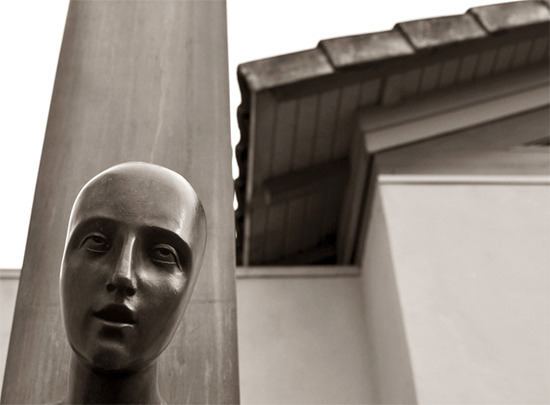
If I had not used my camera as a scoping device to look for the picture I never would have seen this photograph. If my camera did not have a viewfinder, it is not likely I would have seen this picture while holding a snapshot camera at arm's length either.
The camera's viewfinder is all about enabling precise composition--in essence it turns the camera into a powerful tool for composition. This is the key difference between a snapshot camera and a serious camera. If this is the kind of photography you want to do, then you will be much better off buying a camera with a good viewfinder. On the other hand, if you are into fun snapshots and don't want to concern yourself much with careful composition, then cameras with just the LCD screens will do just fine.

